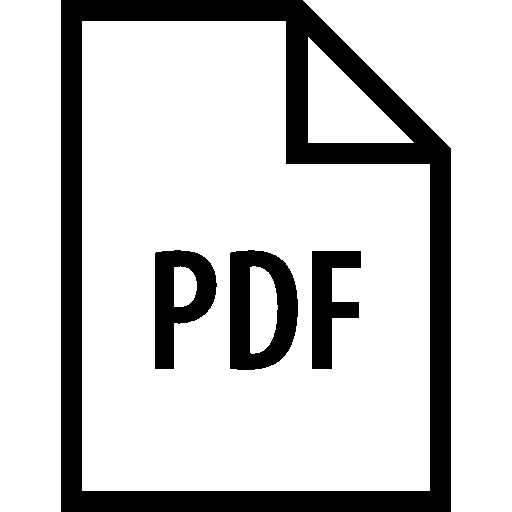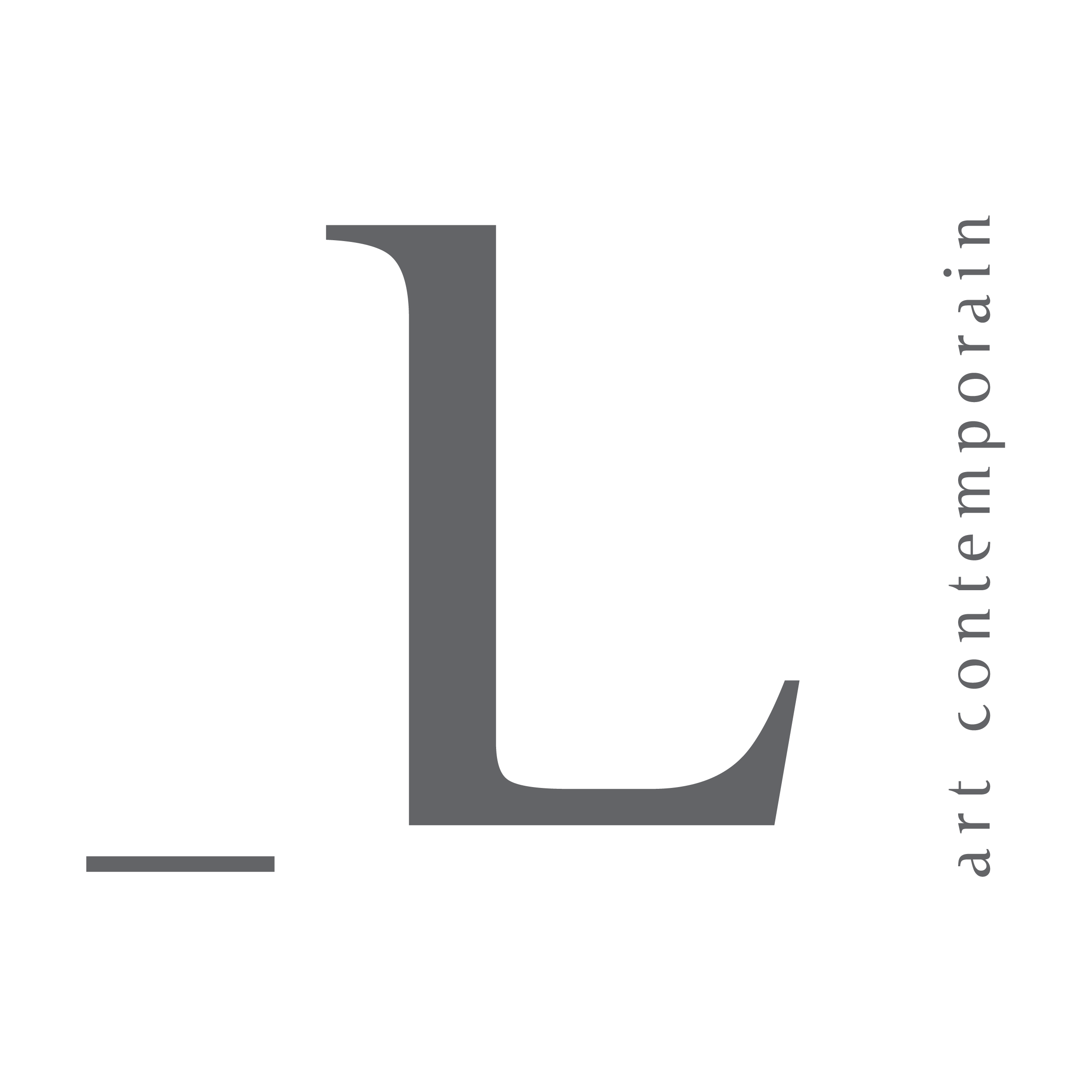Niura Bellavinha, Denis Jutzeler, Victoire Cathalan, Miriam da Silva Kuobel, Mila Mayer and Mai-Britt Wolthers

Vernissage September 13, 2018 at 6PM
Exhibition Until October 27, 2018

Download PDF
for more information
“All art is an imitation of nature.” — Seneca, Philosopher, 4 BC / 65 AD
The exhibition Nature Power presents, through the eyes of six Brazilian and European artists, different approaches to perceiving the force of nature. Niura Bellavinha, Denis Jutzeler, Victoire Cathalan, Miriam da Silva Kuobel, Mila Mayer, and Mai-Britt Wolthers will each express, through their creative processes, their unique relationship with nature.
Until the 1960s, when Land Art emerged in the grand landscapes of the American West, the relationship between artist and nature was essentially limited to its representation. Almost absent from medieval frescoes, landscape painting appeared during the Renaissance, where religious and mythological scenes were often set against more or less idealized natural backgrounds. This can be seen in Piero della Francesca’s Resurrection (1463) or Sandro Botticelli’s Primavera (1478). At that time, landscape served merely as a backdrop for the figures depicted. It was not until the 17th century that Dutch painters such as Rembrandt and Vermeer delighted in portraying the surrounding nature, based on direct observation of reality. Although slow to become a subject in its own right, landscape ultimately triumphed with the Impressionists: it became not only a genre in itself, but also the central object of groundbreaking research into color, light, and space. Thus it conveyed the perception experienced by an observer, as in Claude Monet’s Water Lilies, begun in 1897.
By imitating reality, the artist creates artificial figures and images that distance the viewer from a strictly realistic vision. In this way, art allows us to better grasp nature and, potentially, to convey new messages. Artists translate their sense of wonder before a natural beauty that requires no rules to describe a reality in itself. Each work, through a gesture or a technique unique to the artist, expresses a feeling—humanity’s response to a higher dimension that evokes the mother of all creation.
Today, while art continues to draw inspiration from nature, an inevitable subject linking artistic production to the natural environment is its protection, along with the search for alternatives to slow down its destruction. Preserving our nature and contributing to its conservation is undoubtedly the most urgent concern of our time.
Through their works, these artists take part in the fundamental questioning of our way of life in contemporary society.
